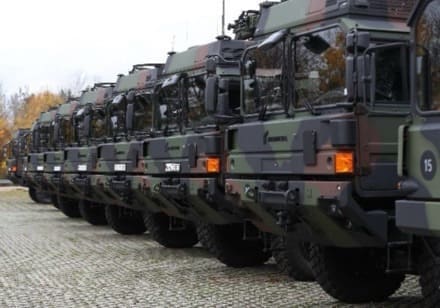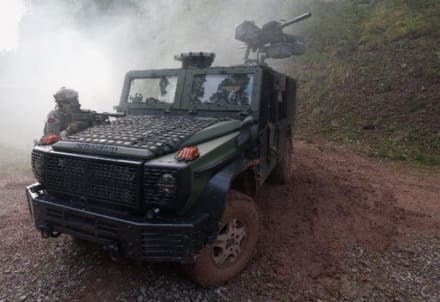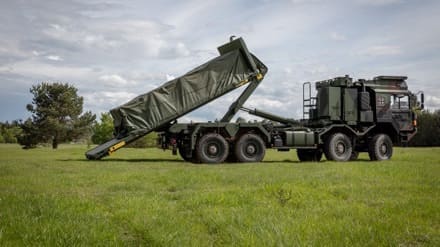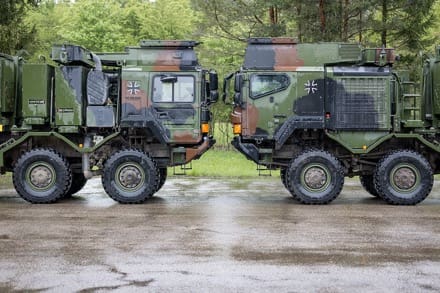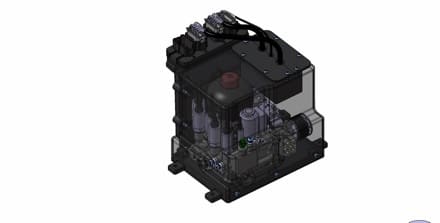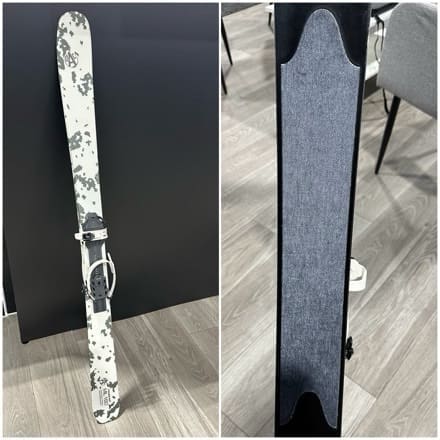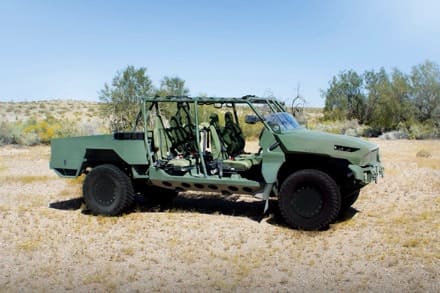
OSHAWA, Ontario — GM Defense Canada, a subsidiary of GM Defense, has been awarded a C$35.8 million contract by the Canadian Armed Forces (CAF) for 90 light tactical vehicles (LTVs), with an option to procure up to an additional 18 LTVs. GM Defense Canada will also deliver training, technical manuals and additional vehicle content sourced from Canadian companies.
As part of the contract, GM Defense Canada is providing both nine-passenger LTVs and a new utility variant of the LTVs that leverage the design of a proven solution currently fielded with the U.S. Army. GM Defense Canada’s LTVs will support the NATO Enhanced Forward Presence Multinational Battlegroup in Latvia. The vehicles will enable Soldiers to move with increased speed, range and safety across complex terrain.
“We are providing this critical capability to the Canadian Armed Forces within a timeline that meets their urgent operational requirement,” said Steve duMont, president of GM Defense. “We see this contract award as the beginning of a long strategic partnership with the Canadian Armed Forces to provide enhanced tactical mobility for Soldiers today, and into the future. As we further expand into Canada and with other allied nations around the world, we will continue to leverage the vast resources of General Motors to ensure our global defense and government customers have the best capability to accomplish their mission.”
“General Motors’ support of the Canadian Armed Forces with this contract is a prime example of the meaningful contributions GM makes in Canada,” said Kristian Aquilina, president and managing director of GM Canada. “Whether it’s the supply of light tactical vehicles through GM Defense Canada, or the contributions of our Canadian Technical Centre in supporting the development of those vehicles, we are pleased GM can also make an impact in the defense space.”
GM Defense Canada’s light tactical vehicle solutions are based on the mid-size architecture of the Chevrolet Colorado ZR2, featuring a high percentage of Commercial-Off-The-Shelf (COTS) parts, including Chevrolet Performance components for enhanced off-road capability. Weighing less than 5000 pounds / 2232 kilograms, the light and agile tactical vehicles offer air transportability, in addition to ease of maintenance and sustainment with parts that may be accessed through GM’s global supply chain. Reliable and easy to operate, the light tactical vehicles also include active and passive safety features, meeting CAF requirements for performance and safety.
For more information, please visit www.gmdefensellc.com or follow us on LinkedIn.


